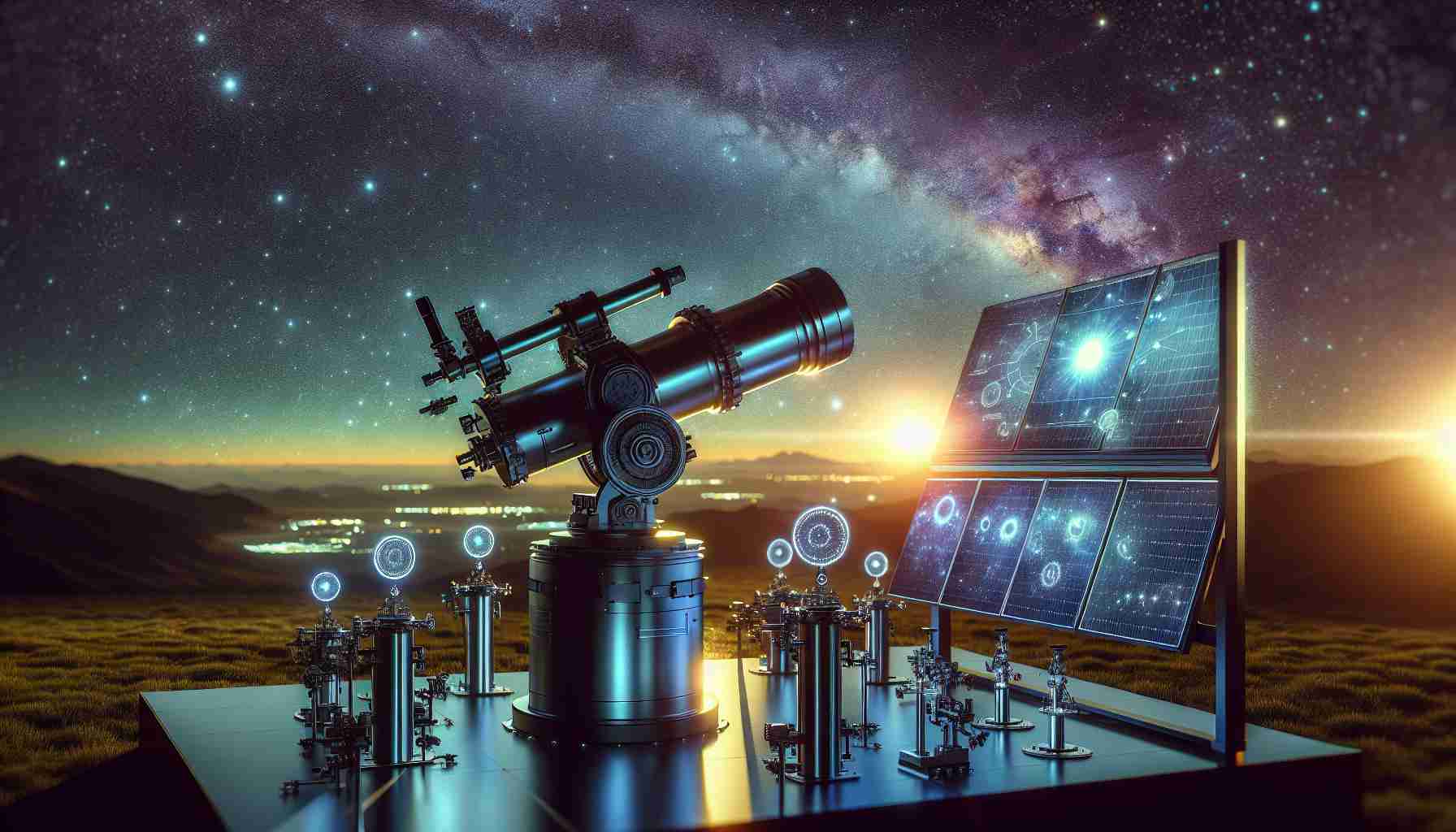
A recent endeavor in solar observation has begun yielding remarkable results, thanks to the launch of an innovative space-based telescope. This groundbreaking technology, known as the Compact Coronagraph (CCOR-1), represents a significant leap in our ability to study the sun’s activity from orbit. Designed to be the first operational instrument of its kind, CCOR-1 is aboard NOAA’s latest satellite, GOES-19, which ascended to space on June 25.
With the mission commencing on September 19, the telescope aims to closely monitor the sun’s corona—the elusive outer layer of its atmosphere. CCOR-1 employs a specialized technique using an occulting disk, effectively blocking the sun’s brilliant glare to expose the corona’s features. Its high-frequency imaging capability allows the telescope to generate updates every 15 minutes, crucial for timely alerts regarding coronal mass ejections (CMEs) that can unleash significant solar disturbances.
On September 29, CCOR-1 captured images of a noteworthy CME event, showcasing a powerful surge of solar material. NOAA representatives noted the clarity of the images, revealing intricate dynamics of solar plasma interacting at remarkable speeds. Fortunately for Earth, this particular emission was directed away from our planet.
As part of ongoing developments in the field of space weather monitoring, CCOR-1’s observations mark just the beginning. The instrument’s operational capacity will enhance forecasting efforts, ultimately aiding in the preparation for solar weather phenomena that could disrupt communications and power systems on Earth in the future.
New Telescope Offers Insight into Solar Activity
A transformative development in the field of solar research is underway with the introduction of the Compact Coronagraph (CCOR-1), which astronauts are launching with NOAA’s GOES-19 satellite. This innovative telescope brings a unique ability to observe the sun’s corona, enhancing our understanding of solar activity and its myriad effects on space weather.
What distinguishes CCOR-1 from previous solar observation tools? Unlike its predecessors, which often relied on ground-based observations or were limited to sporadic satellite viewing, CCOR-1 provides continuous, real-time updates on solar activity. It can capture high-resolution images every 15 minutes, enabling scientists to monitor rapid changes in the solar atmosphere and respond to potential threats more efficiently.
What are the potential applications of CCOR-1’s observations? The detailed imaging and monitoring capabilities of this telescope have significant implications for several sectors. For instance, improved predictions of coronal mass ejections (CMEs) are crucial for the aviation industry, where high-altitude flights can be disrupted by solar radiation; telecommunications, which can suffer from disrupted signals; and power grid management, which can prevent critical failures during solar storms.
What challenges does the CCOR-1 mission face? One of the key challenges is the potential for data overload. With the capability to generate images every 15 minutes, the volume of data collected could present significant processing and analysis challenges for researchers. Furthermore, there are concerns regarding the reliability of predicting solar events accurately. Significant variability in solar activity can render forecasts difficult, even with advanced monitoring technologies in place.
Are there any controversies surrounding the use of CCOR-1? Some experts in the field raise concerns about the implications of heightened solar activity on climate models. While this observational tool will enhance understanding of solar phenomena, translating those observations into climate impacts remains complex and debated among scientists, emphasizing the need for cautious interpretation of data.
Advantages and Disadvantages of CCOR-1
Advantages:
– Continuous monitoring of the sun’s corona offers unprecedented insights into solar phenomena.
– The ability to capture high-frequency images can enhance real-time warnings of solar events, potentially mitigating risks to Earth-based systems.
– Contributions to enhanced understanding of solar dynamics may inform future research and operational strategies in aerospace and telecommunications.
Disadvantages:
– Potential data overload could complicate the analysis and lead to delays in disseminating necessary information.
– The reliance on real-time data may inadvertently divert attention from long-term solar research.
– Challenges in interpreting the direct impacts of solar activities on earthly climate may lead to miscommunications regarding risks and mitigations.
In conclusion, the launch of the CCOR-1 telescope aboard the GOES-19 satellite marks a significant advancement in the realm of solar observation. The data it generates promises improved forecasting and preparedness for solar storms, shaping the way we understand and respond to the sun’s effects on our planet.
For more information on solar activity and its implications, visit the NOAA website.



